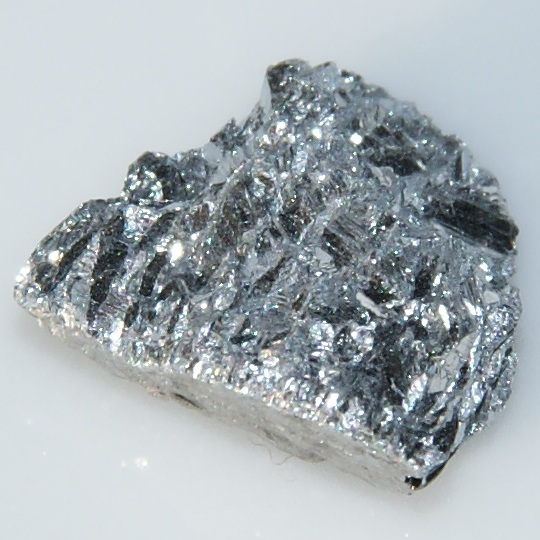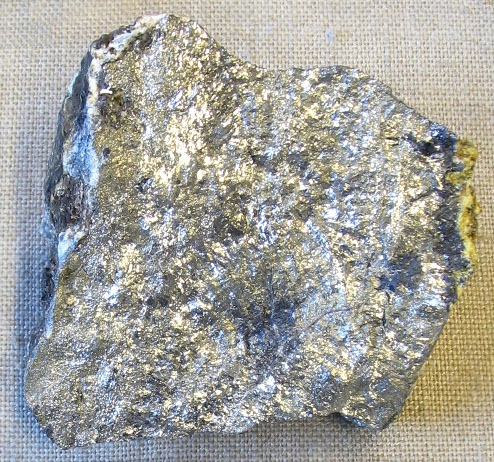Antimony is a chemical element with the symbol Sb (from Latin stibium) and atomic number 51. A lustrous gray metalloid, it is found in nature mainly as the mineral stibnite.
Antimony compounds have been known since ancient times and were powdered for use as medicine and cosmetics, often known by the Arabic name kohl.
China is the largest producer of antimony and its compounds, with most production coming from Hunan.
The largest applications for metallic antimony are in alloys with lead and tin.
 SONY DSC
SONY DSC
